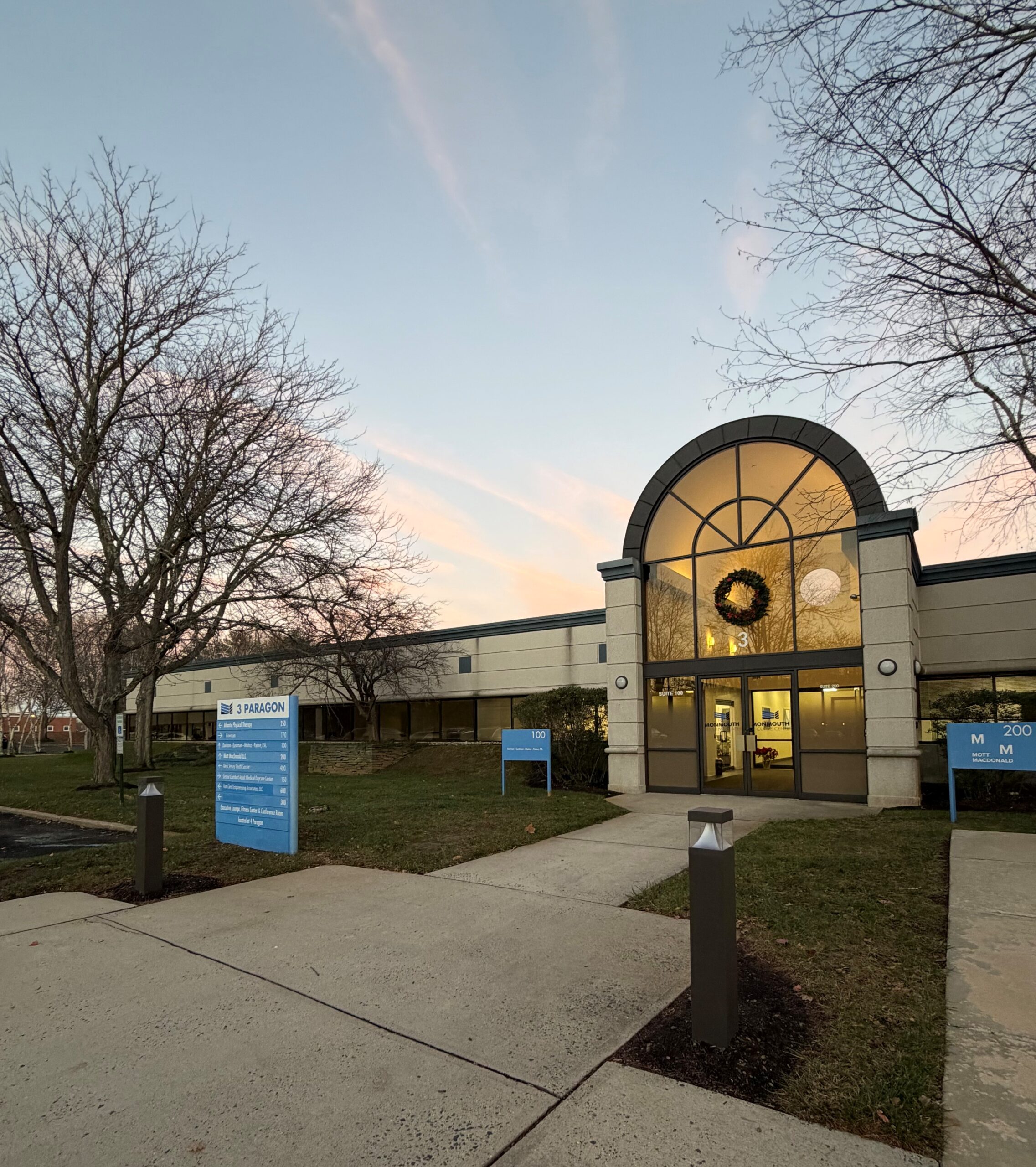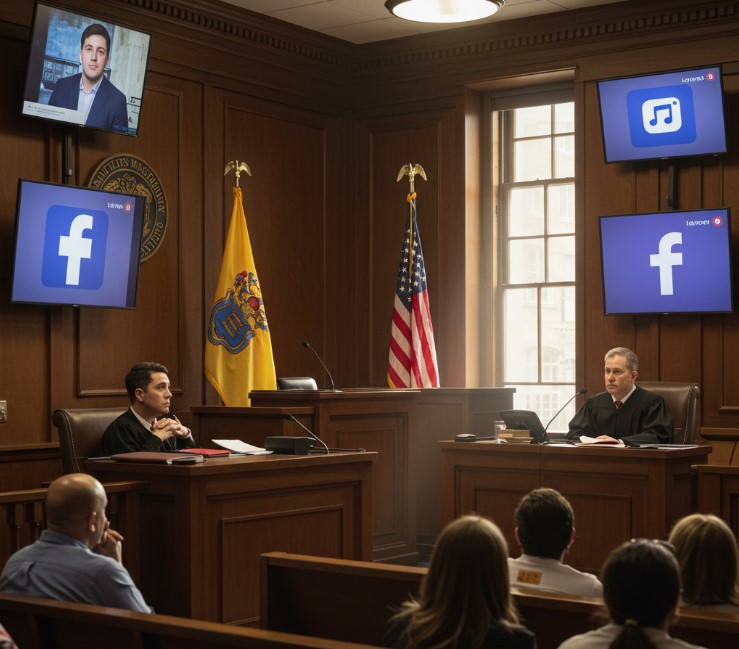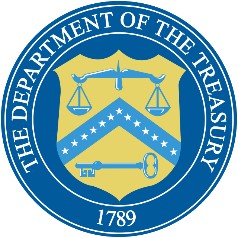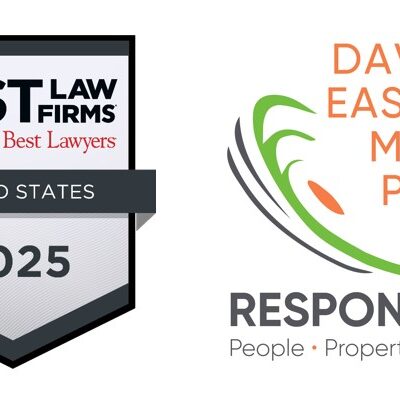Published in Local Government Law Review, July, 2014.
Zoning boards of adjustment are independent, quasi-judicial bodies.[i] Their jurisdiction springs from N.J.S.A. 40:55D-70. Almost everything a zoning board of adjustment does is judicial in nature. Among its quasi-judicial duties is N.J.S.A. 40:55D-70(b), which grants zoning boards of adjustment the power to “[h]ear and decide requests for interpretation of the zoning map or ordinance or for decisions upon other special questions upon which such board is authorized to pass by any zoning or official map ordinance, in accordance with this act.” Based upon some real life experiences, this article seeks to provide insight into how zoning boards of adjustment should act when asked to interpret a zoning ordinance.
Unlike a variance application under N.J.S.A. 40:55D-70(c) or (d), in which a board is given the presumption of validity, an interpretation is essentially a legal issue, and the reviewing court is not bound to give the board’s decision any special deference.[ii] So the board’s goal in making its determination is to provide a logical result that a reviewing court can reasonably follow and, hopefully, affirm.
When a requestor calls upon a board to interpret a zoning ordinance, that board, like a court, must follow the general rules of statutory construction in determining the meaning or intent of the ordinance.[iii]
Often times the requestor is so upset about a proposed use or the manner in which an ordinance is being enforced, that it fails to clearly articulate the question that needs deciding. So, the first task, in any proceeding involving an interpretation, is to tease out the real question that needs to be answered. Therefore, the board’s attorney should make sure the board knows exactly which provision of the ordinance is being disputed and must assist the board by framing the precise question that needs to be resolved. Basically, the board needs to be focused on the right question.
In an interpretation, the board is never ruling for or against anything. In these cases, the board should never be engaged in a discussion of what is in the public’s best interest or what makes the best policy. In a variance case, in determining whether an application is “without detriment to the public good” or “will not substantially impair the intent and purpose of the zone plan or zoning ordinance,” the board is commanded to address limited policy questions.[iv] However, in interpretation matters, policy questions are the domain of the legislative branch of government, not the judiciary. The board’s focus must therefore be on the clarity, meaning and legislative goal of the ordinance in question, not the board’s view of public policy. Thus, in compliance with long-standing principles of statutory construction, when a law is clear on its face, the board does not get to offer a contrary meaning.[v] In those instances when the ordinance is clear on its face, the board must issue a decision that abides by the plain text of the zoning ordinance.
- SOMETIMES A LAW THAT IS CLEAR ON ITS FACE LEADS TO AN ABSURD RESULT
In a beach community, homeowners are permitted to have a three foot high fence in their front yard and a six foot high fence in their rear yard. A requestor raised the question as to whether a six foot high fence could be constructed along the beach front of the Atlantic Ocean. The neighboring property owners were aghast, because the fence would block their view of the ocean.
The board had to determine what the Fence Ordinance meant by a “front yard.” The neighboring property owners argued that the front yard for properties facing the Atlantic Ocean was along the ocean, which made sense to them, because that interpretation would lead to the fence being reduced in height. The board examined the text of the community’s zoning ordinance, including its definition of “fence” and “front yard.” After a lengthy hearing, the board ruled that the Municipality’s definition of a front yard was crystal clear in that a front yard must face a street. The Board members concluded that the ocean front was not a street; and so, the fence along the ocean could be six feet high in accordance with the ordinance. Here’s the instructive point: the board recognized during its deliberation that installing a six foot high fence along the ocean front was absurd. But the board, just like a court, had no choice but to make this finding, because the ordinance was clear on its face. As such, the board did not get to impose its view.
The solution to such an outcome is simple. If the governing body is concerned about this decision, they should change the ordinance to state that fences can be six feet high in the rear yard except along the Atlantic Ocean, where such fences shall not exceed three feet in height.
For the record, the ordinance in question has never been changed, and no new six foot high fences have been installed along the Atlantic Ocean. The bottom line is that when facing a law that is clear on its face, a quasi-judicial body must enforce it, even if it results in an undesirable, ludicrous outcome.
- WHEN A LAW IS AMBIGUOUS, THE BOARD MUST DETERMINE THE INTENT OF THE DRAFTER
When an ordinance is unclear or contains language or terms that are ambiguous, then the board must attempt to discern the intent of the drafter.[vi] In other words, the board must give the language of the ordinance a reading, consonant with the logical goal of the legislative body that enacted the law.
A community’s lot coverage ordinance listed a series of accessory structures, such as sidewalks and pavement (all items that would be generally considered impervious), and included the catch-all phrase: “other similar man-made structures.” The requestor challenged the zoning officer’s opinion that synthetic athletic turf fields do not fall within the community’s definition of lot coverage. The board found the term “man-made structures” to be ambiguous, concluding that such a term could include even landscaping and natural grass fields. Having concluded that the ordinance was ambiguous, the board’s focus shifted to the intent of the drafter. The board concluded that in this instance, that lot coverage is synonymous with impervious coverage; and that, because these new-fangled synthetic fields are incredibly porous, the governing body could not have intended that they be included within the definition of lot coverage. The board further bolstered its conclusion by relying on another rule of statutory construction, by looking at the administrative history.[vii] In the past, the zoning officer had routinely excluded these types of synthetic athletic fields from lot coverage; and, despite this history of administrative decision making, the governing body had never undertaken to clarify the ordinance.
- INTERPRETATIONS OF THE ORDINANCE ARE PRECEDENTIAL, SO THE BOARD NEEDS TO EXERCISE CAUTION.
When a zoning board reviews requests for variance relief, it takes each case on its merits.[viii] In other words, it is well established that a board’s actions are not precedential. However, interpretations are an exception to that rule. Once the board renders an interpretation, unless it is altered by an act of the governing body, it has the force of law and applies in all other similar instances.[ix]
Thus, in an interpretation matter, a board needs to be reminded that the interpretations could result in unintended consequences; and so, boards would be wise to be circumspect in using their authority.
While the questions before the board are limited to a specific provision of the ordinance, normally someone is arguing for or against a project or for some use or structure on a given piece of property.
Sometimes, when the board likes the proposed project, it might be tempted to stretch the law to assist the requestor. While such a ruling may work in the considered instance, it may create a horrible result in other locations. If, for example, the question was whether arcades are permitted in a business zone, and a board was persuaded that the proposed location presented no negative impacts; while that would be a good reason to grant a variance, such information should never be considered when interpreting a zoning ordinance provision.
The best practice is to exercise caution and to avoid quasi-judicial activism. If a board’s ruling results in the requestor having to seek a variance, so be it. It is far better to grant variance relief, which is not precedential, than to make a strained interpretation of the ordinance that will be precedential and which may result in adverse consequences.
- ZONING BOARDS OF ADJUSTMENT NEVER MAKE POLICY. POLICY IS THE PROVINCE OF THE GOVERNING BODY.
In a suburban community, a board was faced with an illegally constructed rock waterfall. Although intended to be a miniaturized version of a theme park attraction, the nearest neighbors thought it looked like an unattractive pile of rocks. These things, like art, are always in the eye of the beholder.
The question before the board was whether this conglomeration of rocks constituted an accessory structure. The ordinance lacked clarity, so the board had some latitude. The board reasoned that it would have been creating policy, if it expanded the definition of “accessory structure” to include rock waterfalls. And, had the board made that ruling, it is likely that this type of structure would have erupted throughout the community, before the governing body could have given the matter its full consideration. The board should never usurp the authority of the governing body.[x] The decision of whether this new type of use should be permitted in your locale should be made by the public’s duly elected officials. It is not for the Board to consider what the better policy should be.
If a board starts to consider the need to promote a certain type of use in a zone, or whether a certain type of structure is not in the best interest of the community, it is infringing on the prerogative of the governing body. And, if a requestor or an opponent starts talking about the best public policy for the city or township, the board’s attorney needs to redirect the board to its limited role to that of interpreting the language of the ordinance.
CONCLUSION
Interpretations don’t happen often. When they do, it’s incumbent upon the board’s attorney to be prepared to advise the board on the principles of statutory construction. The attorney needs to caution board members not to usurp the authority of the governing body, and that in exercising their role as interpreter, they are not permitted to craft policy. As already explained, counsel for the board needs to keep the board and the requestor focused on the interpretation of the ordinance language and away from considering a specific project or property.
If the board stays focused on the language of the ordinance, properly applies the rules of construction, and exercises reasonable logic, there is an exceptionally high chance that a reviewing court will adopt its view, even though it is not required to do so.
[i] Fieramosca v. Barnegat Tp., 335 N.J.Super. 526, 762 A.2d 1075, 1077 (N.J.Super. Ch. 2000).
[ii] New York SMSA v. Bd. of Adjustment of Twp. of Weehawken, 370 N.J. Super. 319, 331, 851 A.2d 110, 117 (N.J. Super. Ct. App. Div. 2004) where the Appellate Division said: “because the interpretation of a statute or ordinance presents essentially a legal issue, conclusions of a municipal board on matters of statutory interpretation are not entitled to any particular deference. Atlantic Container, Inc. v. Eagleswood Planning Bd., 321 N.J.Super. 261, 269, 728 A.2d 849 (App.Div.1999).”
[iii] Fin. Servs., L.L.C. v. Zoning Bd. of Adjustment of Borough of Little Ferry, 326 N.J. Super. 265, 273, 741 A.2d 121, 126 (N.J. Super. Ct. App. Div. 1999) In that case the Court explained: “Municipal zoning ordinances are judicially construed under the standards applicable to statutory construction. See AMN, Inc. v. South Brunswick Tp. Rent Leveling Bd.,93 N.J. 518, 524-25, 461 A.2d 1138 (1983). Our principal duty is to ascertain legislative intent. Id. at 525, 461 A.2d 1138.”
[iv] N.J.S.A. 40:55D-70.
[v] State, Twp. of Pennsauken v. Schad, 160 N.J. 156, 170, 733 A.2d 1159, 1166 (1999) The Supreme Court pointed out: “The first step of statutory construction requires an examination of the language of the ordinance. Bergen Comm’l Bank v. Sisler,157 N.J.188, 202, 723 A.2d 944 (1999). The meaning derived from that language controls if it is clear and unambiguous. Ibid.”
[vi] Norfolk S. Ry. Co. v. Intermodal Properties, LLC, 215 N.J. 142, 166, 71 A.3d 830, 844 (2013) The Appellate Division restated the law: “If ‘the language is not clear and unambiguous on its face, we look to other interpretive aids to assist us in our understanding of the Legislature’s will.’ Pizzullo, supra, 196 N.J. at 264, 952 A.2d 1077; see, e.g., Roberts, supra, 191 N.J. at 521, 924 A.2d 550″
[vii] See Trust Co. of N.J. v. Planning Bd. of Borough of Freehold, 244 N.J.Super. 553, 567-69 (App.Div. 1990) (in which the court noted that “the long-standing interpretation of an agency will generally be granted great weight as evidence of its conformity with the legislative intent” in deciding that board’s long-standing consideration that banks were allowed in a particular zone was not unreasonable.) (internal quotation marks omitted); DePetro v. Tp. of Wayne Planning Bd., 367 N.J.Super. 161, 175 (App.Div. 2004) (finding the board’s history of regarding self-storage facilities to be permitted uses in the township’s business district persuasive in determining the legislature’s intent).
[viii] Reich v. Borough of Fort Lee Zoning Bd. of Adj., 414 N.J.Super. 483, 999 A.2d 507, 518 (App.Div. 2010) (“The prior grant of a variance to one property owner ordinarily does not create a precedent for a subsequent application by another property owner because of the frequent difference in the underlying facts.”); Med. Realty Assocs. v. Bd. of Adj. of City of Summit, 228 N.J.Super. 226, 230 (App. Div. 1988) (“Whether an applicant shows ‘special reasons’ is decided on a case-by-case basis.”) (citing Kohl v. Mayor and Council of Fair Lawn, 50 N.J. 268, 276 (1967).
[ix] Colts Run Civic Ass’n v. Colts Neck Tp. Zoning Bd. of Adj., 315 N.J.Super 240, 246 (Law Div. 1998), where the Law Division said: “Once made, the board’s decision is final and binding as to all interested parties, including enforcement officials, unless successfully appealed. Inherent in the exercise of this power is the realization that the board is not merely an administrative agency, but is also empowered to determine, in the first instance, certain questions of law.”
[x] Twp. of N. Brunswick v. Zoning Bd. Of Adjustment of Twp. of N. Brunswick, 378 N.J. Super. 485, 494, 876 A.2d 320, 326 (App. Div. 2005).












